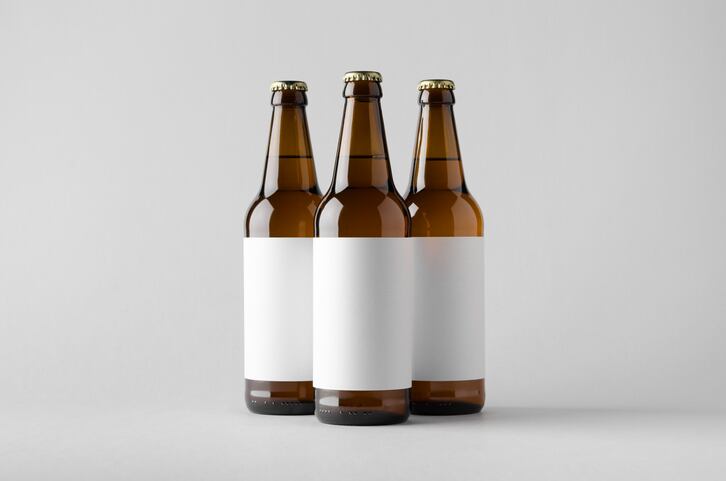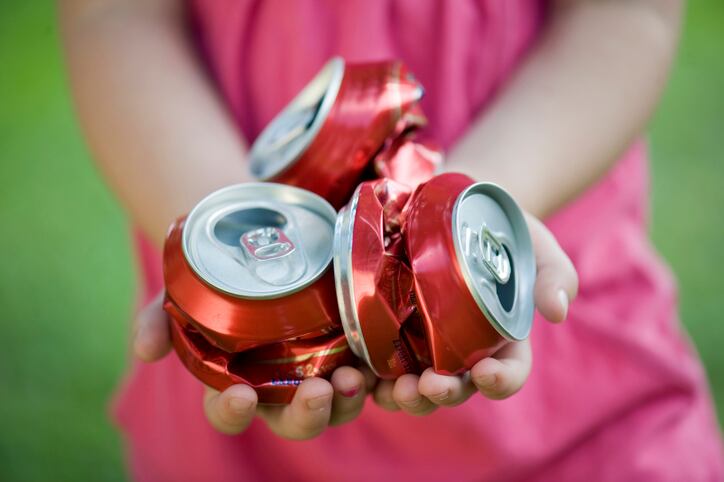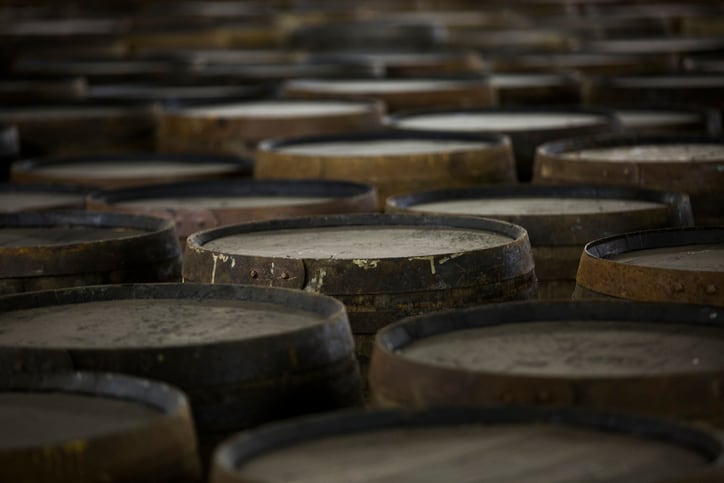The study - published in the Journal for Studies on Alcohol and Drugs – found that packaging helps shape perceptions of the product, drinker and drinker experience: saying it has a ‘significant impact’ in creating appeal among young people.
The findings come as the Scottish Government prepares to launch a consultation on alcohol marketing later this year.
Color and graphics
The new study – which was supported by Alcohol Focus Scotland – sought to explore how young adults, aged between 18 and 35, viewed and engaged with alcohol packaging. Fifty current drinkers, from Scotland, participated in eight focus groups in which they engaged with a range of alcohol products.
Participants discussed seeing alcohol packaging in different settings – typically shops and drinking venues – and via marketing, particularly advertising. They frequently recalled seeing it featured in the media – with most reporting exposure on television, in movies, on social media and the internet.
Most recalled packs that stood out in shops were considered appealing for being different, interesting, or aesthetically pleasing. Some participants reported purchasing alcohol products solely on pack appeal, with one saying: “I don’t actually like beer, but I bought it specifically because I liked the packaging.”
Packaging design – such as colors and graphics – is central to appeal, as is structure, with most participants drawn to sleek or distinctive shapes, note the researchers.
The size of packs is also important: larger packs, for example, were considered by participants to be more cost-effective and preferable when intending to consume a large quantity of alcohol. Meanwhile, smaller ‘grab and go’ packs were thought to enable and encourage consumption in public settings, such as on trains or at concerts, and help avoid unwanted attention from police and security.
On-pack promotions – such as gifts and prizes – contributed to appeal, as did sponsorships, for example those linked to sports, festivals, and television shows. Meanwhile, most felt that price marks on packaging were indicative of inferior products.
Limited edition packs were considered eye-catching and seen as an incentive by several participants, thought to encourage trial, collection, and upcycling – with most having retained expensive or “cool” empty bottles for display or collection.
“We found that, for young adult drinkers in Scotland, alcohol packaging can capture attention, create appeal, and help shape perceptions of the product, drinker and drinking experience,” said lead author Daniel Jones from the Institute for Social Marketing and Health (ISMH) at Stirling. “Five main themes emerged from our data: the ubiquity of alcohol packaging; its appeal and ability to catch attention; its association with particular occasions and activities; its ability to inform perceptions; and its engagement of both visual and non-visual senses – taste, touch, sound and smell.”
Warning labels
The findings “provide pause for thought about the contrast between unrestricted designs in alcohol packaging, and the plain packaging legal requirements for cigarettes”.
Further research should consider potential benefits of stronger regulation of alcohol packaging and labelling, as well as public support for such changes, the researchers say.
Previous studies have suggested that including prominent warnings on packs could reduce the appeal and increase awareness of alcohol-related risks and support a decrease in consumption, with supporters suggesting mandatory health warnings on alcohol products would help counter the attractiveness of packaging and address the low levels of knowledge about alcohol harm.
However, the study also notes that there’s a ‘dearth of research’ around the promotional role of packaging and how it should be regulated, as attractive features could, conversely, limit the effectiveness of warnings.




